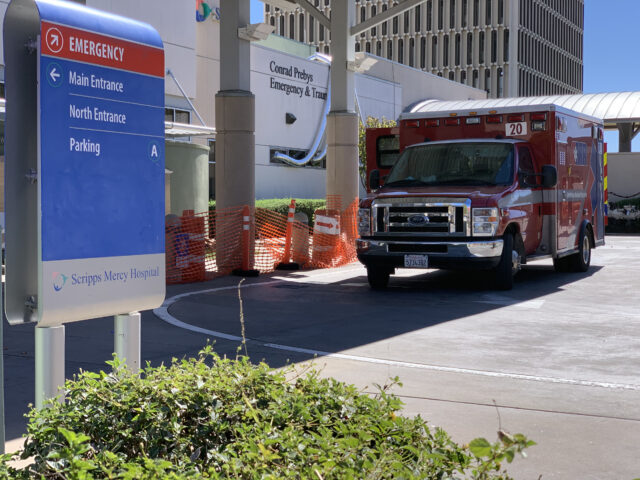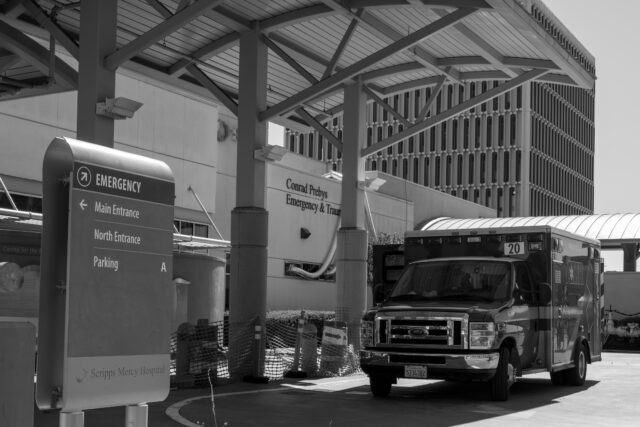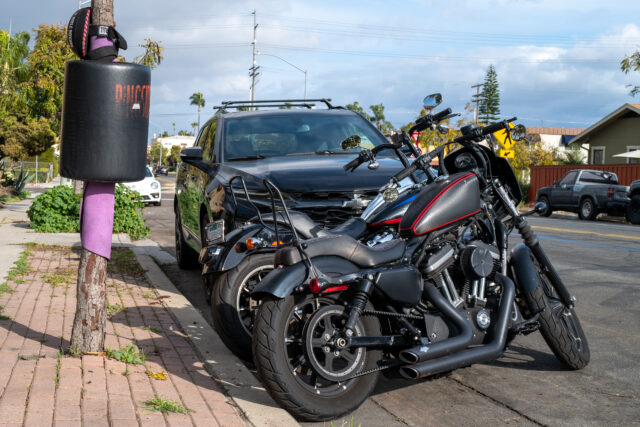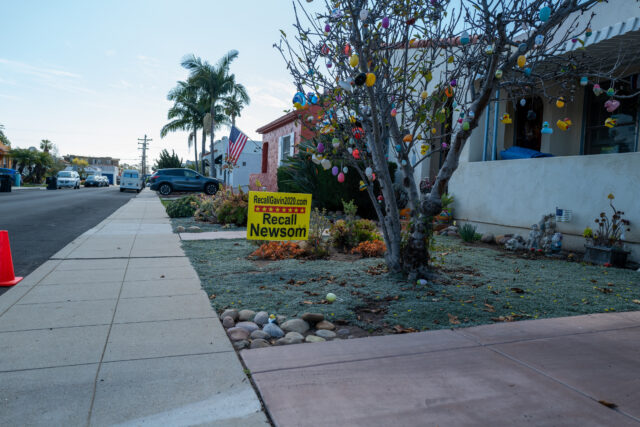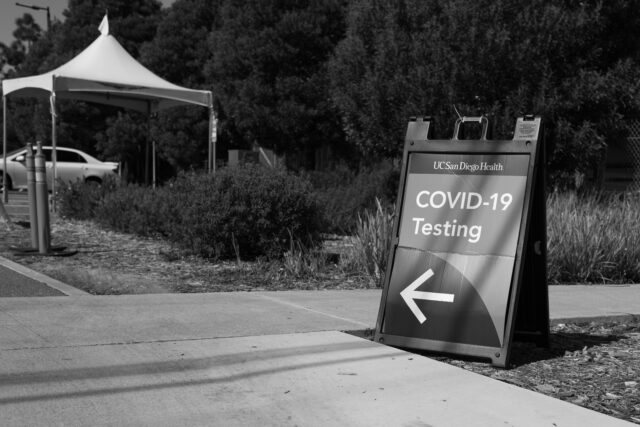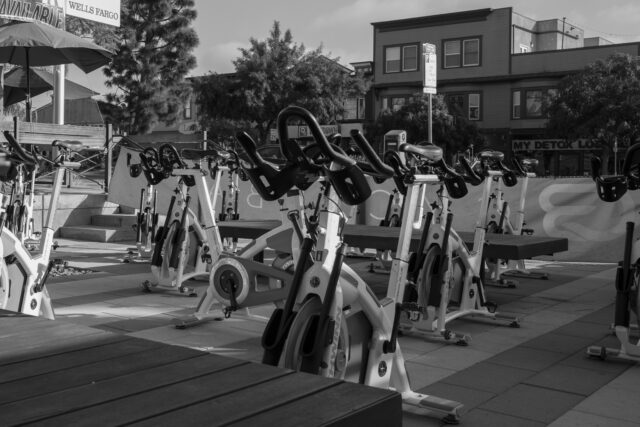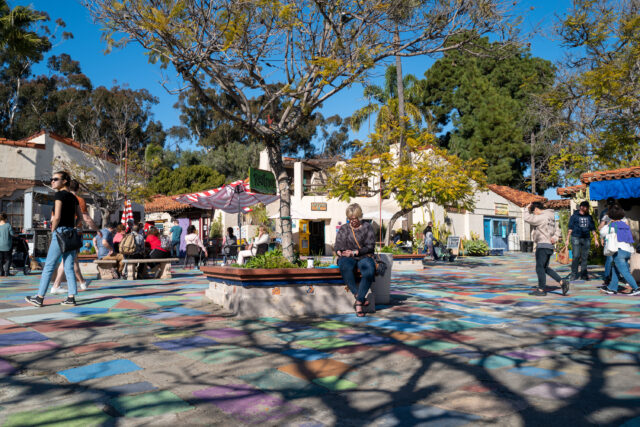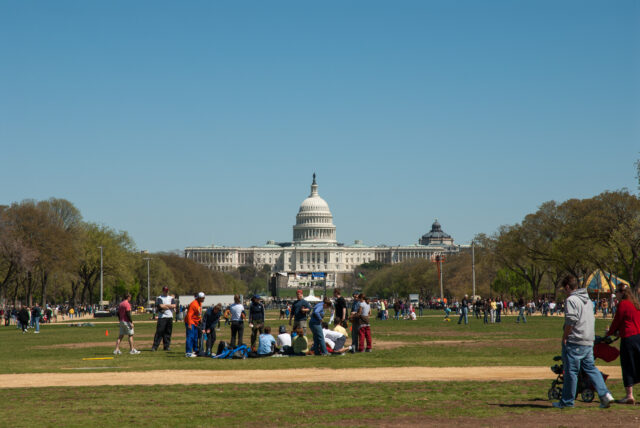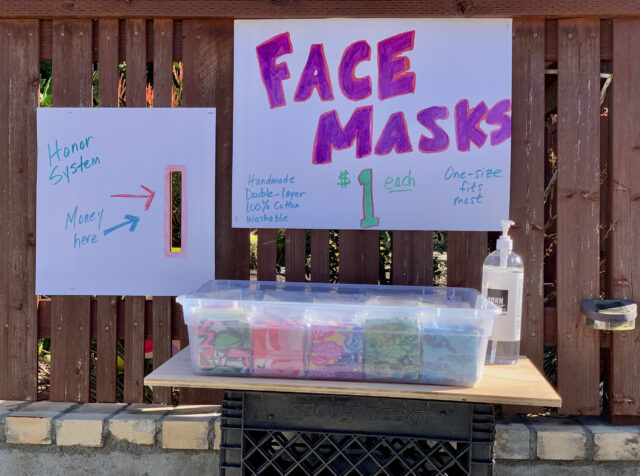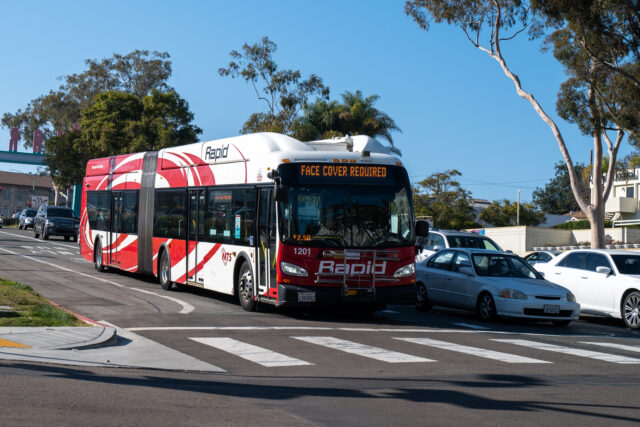Anyone care to explain why perennially locked down California ranks so highly for SARS-CoV-2 (severe acute respiratory syndrome Coronavirus 2)/COVID-19 cases or deaths? Situation is much worse than last I looked a few weeks ago. According to data collated by John Hopkins University, Los Angeles County still tops the list for confirmed cases (more than 1.2 million) and deaths (just over 23,000). But four other Cali counties also are in the Top 10 for cases: Riverside (sixth); San Bernardino (eighth); San Diego (ninth); and Orange (tenth). That’s right. Half. Only one county from Florida: Miami-Dade (fourth).
More disturbing, since I checked on March 11, 2021, California’s case fatality rate rose to 1.61 percent, which is comparable to Florida’s 1.63 percent—and the Sunshine State is largely open; Spring Break is underway, too. Four California counties are among the top 11 for deaths: Los Angeles (first); Orange (ninth); San Bernardino (tenth); and Riverside (eleventh). Miami-Dade is seventh.
